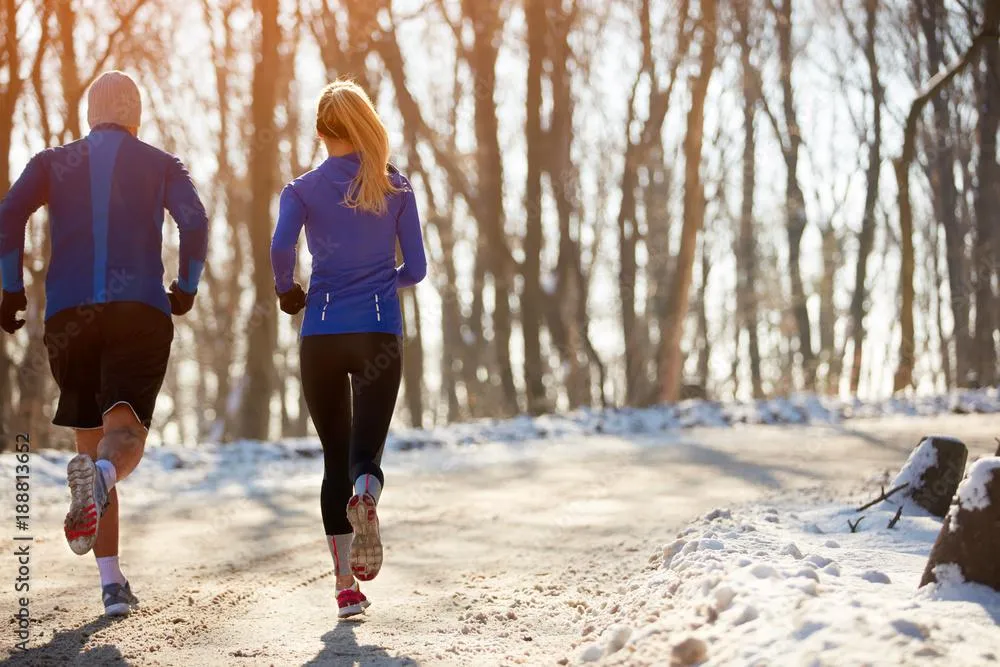
Winter Sports Wellness: Staying Strong and Injury-Free
Winter sports offer a thrilling escape into frosty landscapes, but they also demand a blend of physical preparedness, mental focus, and recovery strategies. From winter running, fat biking, skiing and snowboarding, ice hockey or biathlon, the challenges faced by athletes often push them to their limits. Understanding how to train effectively and prevent injuries can help enthusiasts of all levels enjoy their sport safely.
Warm-ups and cool-downs are crucial components of any winter sports routine. Dynamic warm-ups, such as jumping jacks, walking lunges, or arm circles, activate the muscles, increase blood flow, and prepare the body for the intense activity ahead. Similarly, post-exercise cool-downs, including static stretches and deep breathing, help reduce soreness and promote recovery, ensuring the body stays primed for the next adventure.
Consistency in practice is a cornerstone of athletic improvement. Regularly incorporating strength training, flexibility exercises, and mobility work not only enhances performance but also minimizes the risk of injuries. Winter sports enthusiasts can benefit from routines that focus on building core strength, improving balance, and maintaining joint flexibility. Exercises like squats, planks, and yoga stretches are universally effective across disciplines.
Professional guidance can be a game-changer for winter athletes. Engaging with a certified athletic trainer or physical therapist can provide a tailored exercise program that addresses individual strengths, weaknesses, and sport-specific demands. Hands-on therapy, such as massages and myofascial release, can further alleviate muscle tension and prevent overuse injuries.
Athletes in winter sports often contend with injuries such as sprains, strains, and joint pain. Common hardships include managing fatigue during prolonged activity, coping with harsh weather conditions, and recovering from falls or collisions. A proactive approach to training, combined with a nutrient-rich diet, helps mitigate these challenges. For optimal performance, winter athletes should focus on a balanced diet featuring carbohydrates for energy, protein for muscle repair, and healthy fats for joint health. Adequate hydration is also essential, even in cold climates.
By prioritizing preparation, recovery, and expert advice, winter sports enthusiasts can fully embrace the joys of their chosen activity while minimizing risks. Whether gliding on ice or carving through powder, staying informed and proactive makes all the difference.
If you’d like guidance putting together a program for your body this winter, reach out. Hands On Sports Therapy is offering consultation services to help you plan for what’s next on your list, or help you get set up with the right team members such as PT, Chiropractic, or Osteopathic therapies in addition to sports and orthopedic massage therapy. When going to the online schedule, choose “2025 Personalized Consultation with Cindy” to help you set up for your best year yet.
#WinterSports #Fitness #InjuryPrevention #ColdWeatherTraining #WinterAthletics #SportsPerformance #2025PersonalizedcConsultationwithCindy #HandsonSportsTherapy #HandsonSports